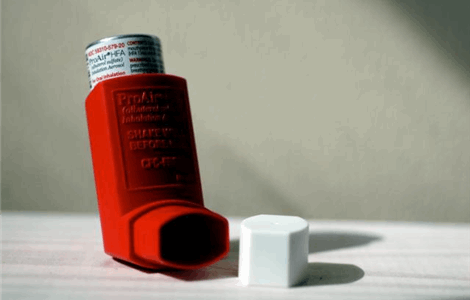
If you or someone close to you lives with asthma, it’s not always clear what’s happening or why. You hear terms like "triggers" and "inhalers," but what does it all really mean? And more importantly, how can it be kept under control? In this article, we’re breaking down what asthma is, how it affects daily life, and the different ways people manage it. If you live in or around Sotogrande, you’ll also be glad to know that Helicopteros Sanitarios offers a Home GP for Asthma Attacks, a comforting option when things feel a little out of control.
What Is Asthma?
Asthma is a condition that affects the airways in your lungs. For someone with asthma, these airways are extra sensitive. They get inflamed and narrow when triggered, sometimes by dust, cold air, pollen, stress, exercise, or even laughing too hard. When that happens, it can suddenly feel like you’re breathing through a straw.
Some common symptoms include:
- Shortness of breath
- Chest tightness
- Wheezing (that whistling sound when breathing)
- Coughing, especially at night or early morning
Not everyone has the same symptoms, and some people go months without a flare-up. Others feel it every day. It’s unpredictable, and that’s part of the challenge.
What Causes It?
There’s no single answer. Genetics can play a role if asthma runs in your family, you’re more likely to have it too. But environment matters a lot. Growing up around smoke, pollution, or allergens can increase your risk.
The key thing to understand is: asthma isn’t curable, but it is manageable.
Controlling Asthma: What That Really Means
The goal isn’t to “cure” asthma. The goal is to live your life fully without letting asthma take the driver’s seat. That means preventing attacks, reducing symptoms, and knowing what to do if things flare up.
Here’s what can help:
- Know Your Triggers
Everyone’s triggers are different. It could be pet hair, strong perfume, cold weather, or emotional stress. Once you know what sets you off, you can try to avoid it—or be prepared. - Use Medication Properly
There are two main types of asthma meds:
- Relievers (like the blue inhaler) – for quick relief during a flare-up.
- Preventers – taken daily to reduce inflammation in the airways over time.
- Don’t Ignore the Small Symptoms
Even a mild cough that keeps showing up might be a sign your asthma isn’t fully under control. Keep track of how you feel and adjust your plan with your doctor when needed. - Have a Plan for Emergencies
Sometimes asthma attacks come on fast. And when they do, you need help quickly. That’s where having access to a Home GP for Asthma Attacks in Sotogrande becomes essential.
Home GP for Asthma Attack in Sotogrande
If you’re waking up at night coughing, needing your inhaler more often, or just not sure your plan is working it’s time to check in. And if you ever feel chest tightness that doesn’t ease, or can’t catch your breath, don’t wait.
At Helicopteros Sanitarios, our Home GP for Asthma Attack in Sotogrande brings care straight to your door. Whether it’s a one-time emergency or regular follow-ups, we’re here, so you can breathe easier, literally.
Don’t wait for it to get worse. Let’s keep your asthma under control, together.